If it wasn’t for a compromised localisation, Sword and Fairy 7 – Sword and Fairy: Together Forever in the west – would be right up there with Elden Ring and Xenoblade Chronicles 3 as the best RPG of the year. In a year that has been almost painfully dense with excellent RPGs, Sword and Fairy highlights just how close Chinese game development has come to eclipsing its stylistic and structural elders from Japan.
I enjoyed the predecessor to Sword and Fairy 7 (which is not necessary to be able to play along with this new one). Sword and Fairy 6 was heavily influenced by Final Fantasy XIII, aping its pseudo-turn-based combat system while telling a distinctly Chinese story. However, it was very raw, and the difference between that game and the new one is enormous. The developer, Softstar, has clearly come so far. Sword and Fairy 6 was enjoyable despite its many faults and rough edges. Sword and Fairy 7 is just a beautifully elegant game.
With Sword and Fairy 7, we have a gracefully elegant action combat system that doesn’t have quite the same parallels to any particular JRPG. Instead, visually it most closely resembles wuxia cinema, with balletic dashes, pirouettes, leaps and slides dominating the action in the melee, while the spellcasters reign fire and brimstone from the background. It can be hard to follow what’s going on when it gets really busy, and, unfortunately, there is the occasional moment where the dance-like rhythm is broken and, for a moment, shatters the illusion. It may have been mechanically necessary since enemies landing attacks should break the momentum, but it runs contrary to the visual impression the developers clearly wanted to leave… or perhaps it’s just an incentive to get good enough at the combat system that you never get hit by the enemy. If you can do that, then I’m struggling to think of an RPG I’ve ever played where the movement in combat is just so pristine. As a dancer myself, this is the kind of gracefulness that I love watching, and it immediately enamoured me with the game.
Once you start digging into the combat systems themselves, you’ll find that they’re fairly straightforward, and perhaps a little too open to button mashing. There are the standard weak and strong attacks, as well as a series of magic special abilities, and one or two other powerful effects (especially related to characters bonding together). The closest parallel is actually the more recent Dynasty Warriors titles, only the mobs that you’ll be facing down are nowhere near as large. While it is a little simplistic, it’s not bad by any means. Really the only issues with the combat system is that the difficulty can be a little uneven, and the AI help that can be a little less than helpful. Neither of these issues are by any means game-breaking, nor stop Forever Together for being hugely entertaining across its entire 20-hour run-time.
Of course, if all you were doing in Sword and Fairy was chasse-ing your way through hordes of enemies, it wouldn’t be enough to sustain interest, but thankfully this game has two other things going for it: it looks breathtaking, and tells an incredible story. Aesthetically it’s a case of art direction over technical brilliance, and you’ll notice some pop-in, frame rate stutters, and the occasional moment of clipping. There was also one particularly amusing and memorable bug where the game’s leading lady, Yue (aside: I absolutely love her), was sitting at a table sharing a meal with the other characters, except that the cut scene had rendered her in the wrong position, so she was actually squatting on the table in a sitting position. But those minor technical issues are easy to forgive when you look at the vistas and character design. From the uniquely Chinese approach to colour, to the architecture and monsters, this is one of those games where you will find yourself frequently reaching for the photo mode option because around every corner is something absolutely beautiful to look at.
Additionally, this really must be said: the characters are gorgeous. Ethereally so. So much of modern western fantasy, and even Japanese JRPGs, are increasingly focused on a kind of realism, and placing authentic characters in authentically grim settings. Look at Final Fantasy XVI. A great looking game, to be sure, but not where you would have expected the series to go by looking at Final Fantasy X and XII. The Final Fantasy VII Remake’s characters are certainly attractive (I mean… Jesus, Jessie), but it’s a real kind of beauty. Sword and Fairy goes in a very different direction with characters as beautiful and unblemished as porcelain dolls, and while that might limit the audience given what modern players seem to prefer, for others that will further deepen the high fantasy tone and only make the experience all the more compelling.
For Sword and Fairy’s narrative, I find it to be fascinating. The epic story deals with a monumental conflict between heaven, hell, and earth, but these aren’t the Christian concepts of these things. Rather, the game wears its Taoist cultural underpinning on its sleeve, and I am absolutely certain that many of the events and conversations represent Taoist thought on one level or another. I’m not the right person to dig into this, as my understanding of Chinese philosophy and theology is not good enough to even attempt to provide insights, but even if you’re in a position like mine, you’re not going to walk away from this game thinking that it’s not a thoughtful experience. It’s there, it’s obvious, and I’m very much looking forward to reading some thematic analysis of the narrative from people who are more familiar with where it’s coming from.
What almost lets everything down is the localisation, which I mentioned in the opening sentence of this review. The script is readable, but by no means perfect, and there were more than a few instances where the syntax was so poor that I needed to read a sentence a few times to fully grasp it. I was disappointed by this, as eastasiasoft, the publisher, did such a good job in cleaning its previous project, Xuan-Yuan Sword 7, up for its own release (I played both the original English translation of that game, and the eastasiasoft edit, and the edit was substantial). That being said, I realise that by the same token this is a monumentally larger project in scope, and I did find myself forgiving it of the localisation quickly enough. Chinese game localisation is where the Japanese game localisation was back on the SNES, and I know it’ll get there as we get more games localised out of China. For now, the fact that the localisation is proficient enough that the plot is comfortable to follow and the character personalities flow through (oh how I love Yue) is enough. There are far worse localisations that have come out of China, so this one is fine.
To finish the review on two notes – one positive and one negative – there is a little minigame in Together Forever that I enjoyed. It’s a basic card game (it seems every RPG needs these now), and while you’re not looking at Gwent quality from The Witcher 3, it’s an entertaining application of the rock-paper-scissors structure in card game form. The negative is the interface. While you can change the size of the dialogue text (excellent), the rest of the interface is presented in text that assumes you’re sitting a few centimetres away from the screen. This makes it hard to follow quests and read instructions unless you’re using a really big TV. It also includes the random comments that pop up from NPCs as you run past them in towns and cities, which means part of the game’s flavour is lost. I’ve said this often enough now, but still… developers, test your game on smaller screens in a loungeroom environment. We should not have to wear microscope lenses to play a game just because you’ve made the mistake of assuming a PC monitor and TV provide an equivalent viewing experience.
There are things that you need to be critical of in Sword and Fairy: Together Forever. The game hasn’t been made to the same precision as the upper echelons of RPGs out of Japan and the West, and that is undeniable. But then Together Forever has the singular advantage of being one of the few Chinese RPGs that we get to play, and that makes it distinctive, different, and worthy on its own merits. Add in incredible art direction (oh how I love Yue), and a gorgeous combat system, and we’ve got perhaps the most interesting RPG of 2022 here. I really hope people don’t overlook it.


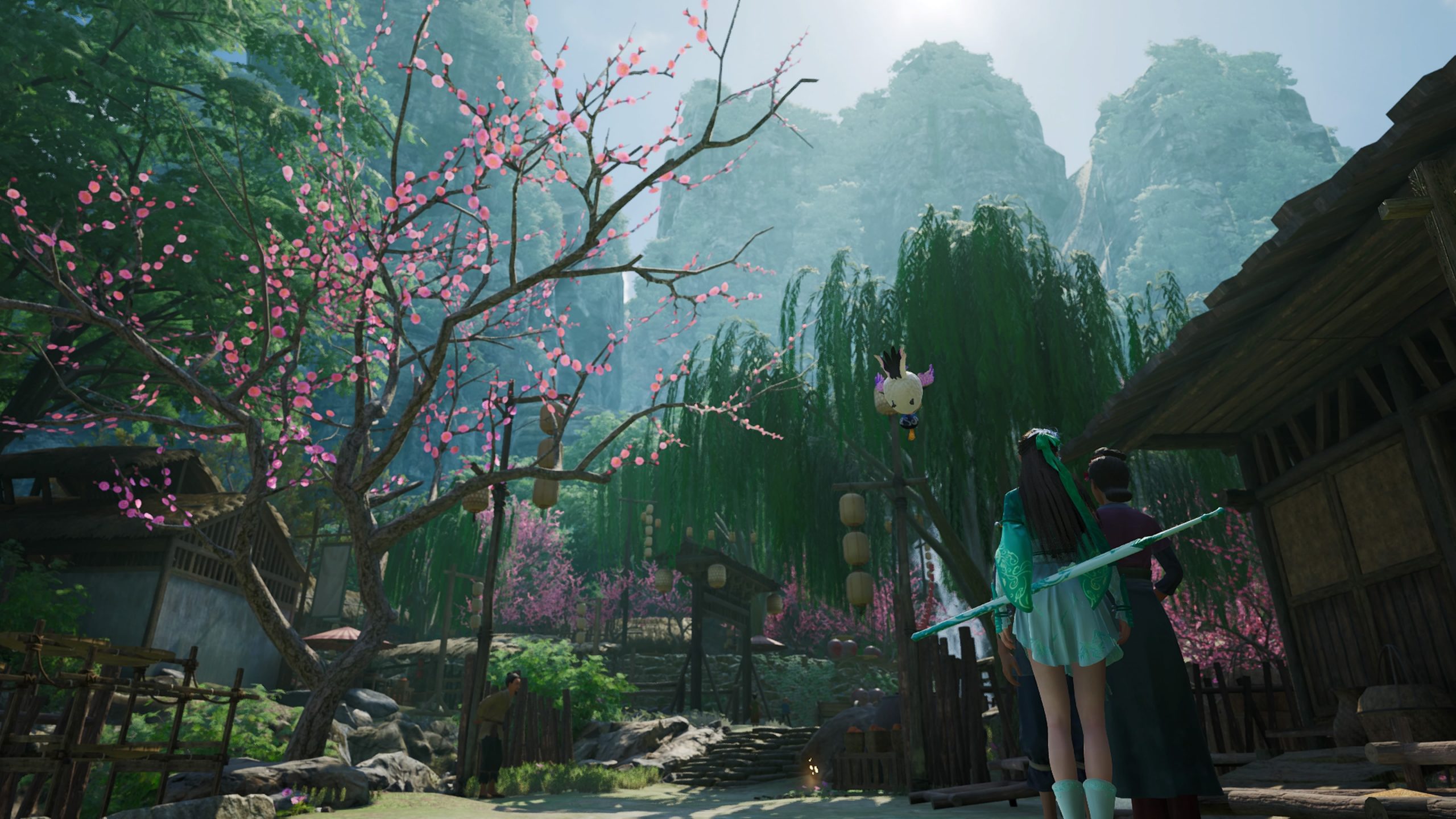
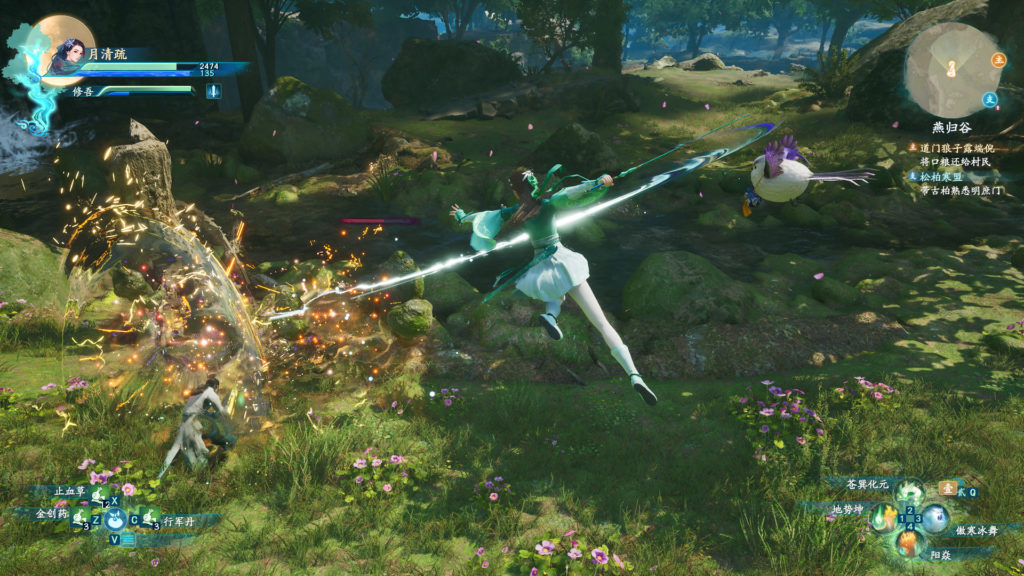
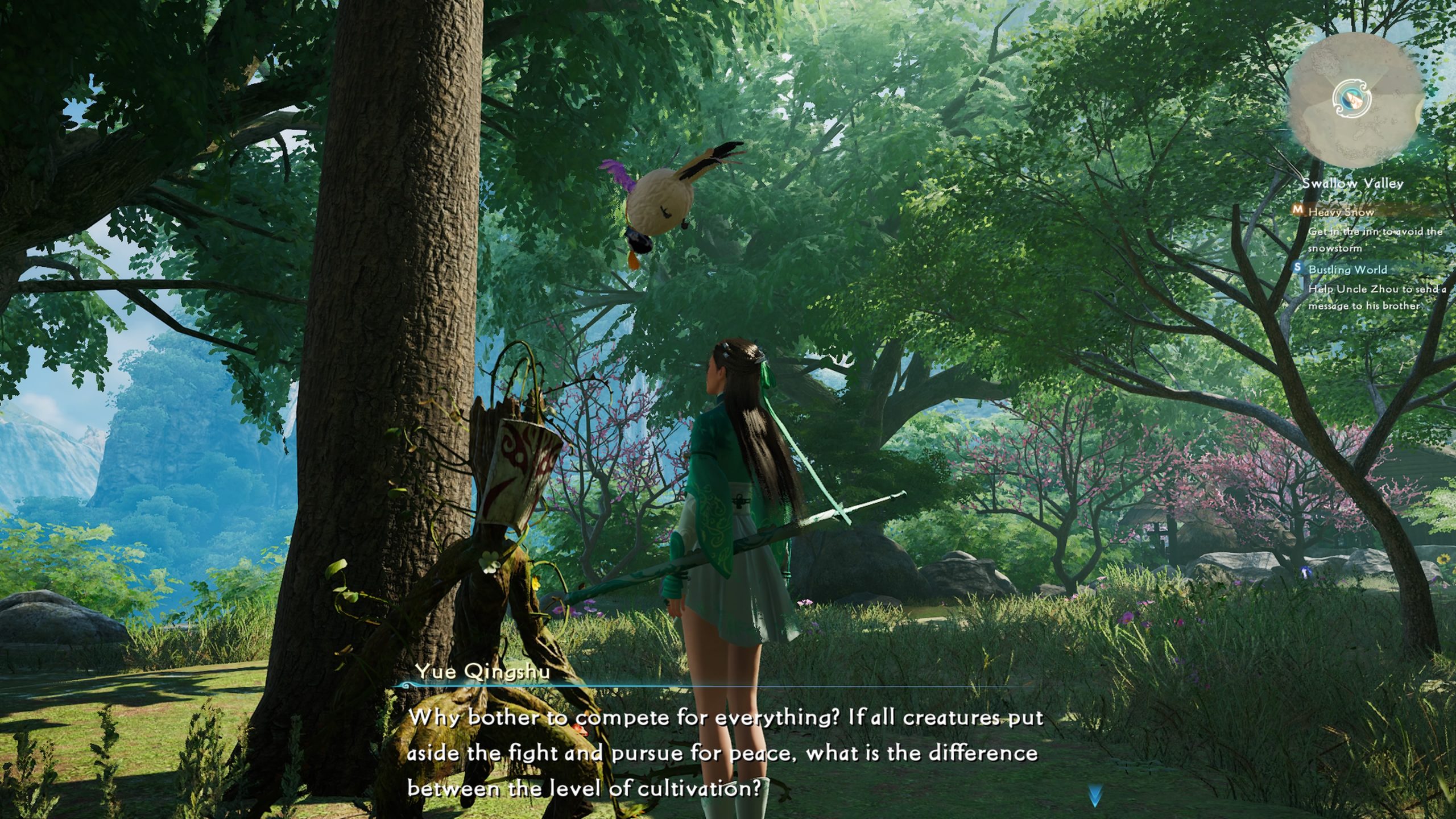

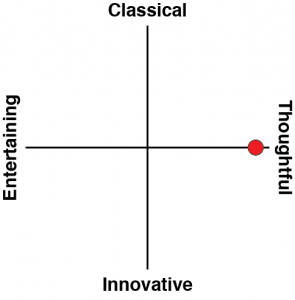


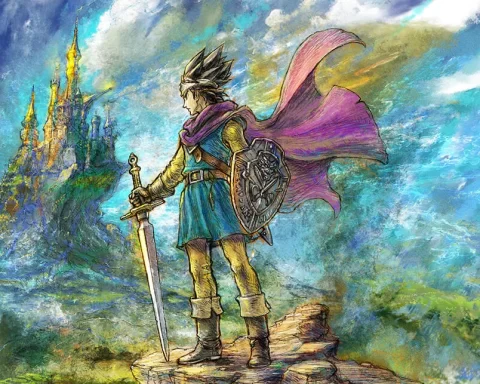
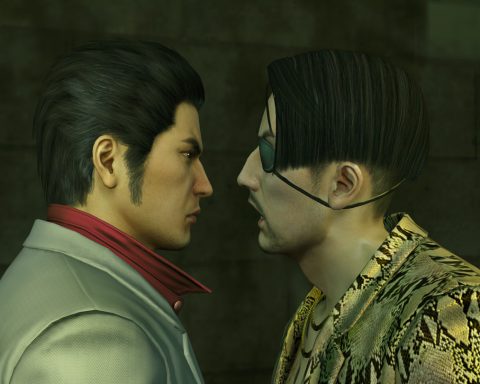

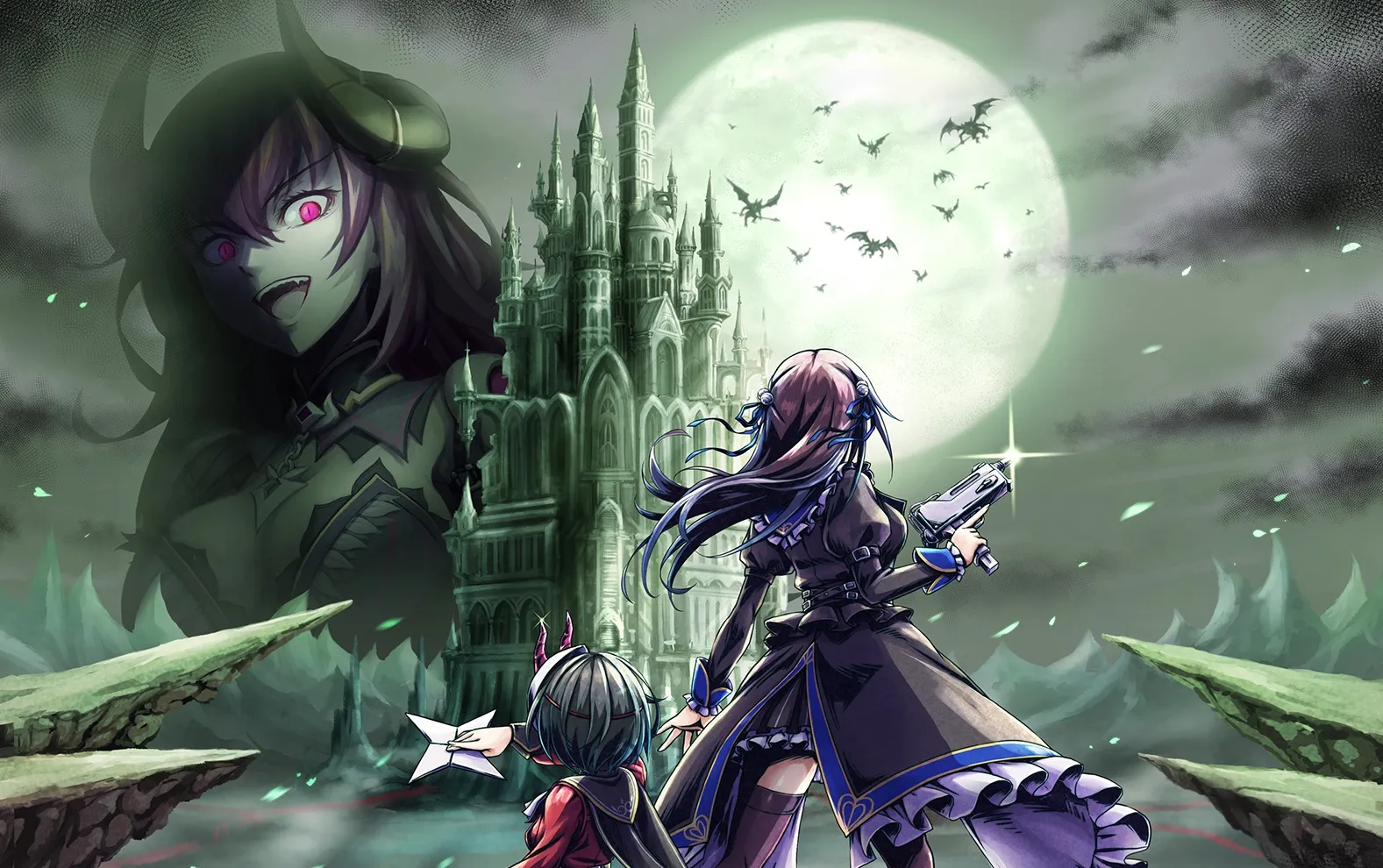




Ha, I’m not going to read this entire review because I’ve already pre-ordered the physical S&F7, and want to go into playing it cold. Glad to see that you liked it! I have a very high tolerance for awkward localization, so may end up enjoying it even more than you did.
I did read your first paragraph however — and I find myself disagreeing with your statement about “just how close Chinese game development has come to eclipsing its stylistic and structural elders from Japan.” I have no political stakes here — I dislike the CCP just like most people, but am very happy to see Chinese game development evolving so quickly. But in general, Chinese game developers are still many, many steps behind Japanese game developers (this excellent game notwithstanding).
I’ve played and really enjoyed several of the best recent Chinese console games like F.I.S.T. and Anno Mutantionem. I’m a big Genshin Impact fan (though I avoid all the gacha mechanics there). Lost Soul Aside is right there at the top of my “most anticipated” list next to Final Fantasy 16. But these are just the top few Chinese projects that exist on the same level as good Japanese games. Many of the next tier down of Chinese games (that I’ve seen, or tried to play on Steam) are quite janky, messy, limited and almost experimental — more like 4th or 5th tier Japanese games.
In China, there is often almost unlimited funding for some of the bigger games, which gives them a leg up over their Japanese counterparts. But has Tencent or NetEase, for instance, made anything “great” yet? NetEase is trying … by throwing big-money contracts at Nagoshi and his JP development friends. We’ll have to see how that pans out. The long-time devotion to craftsmanship within the Japanese game development community, even as the older generation of developers is replaced by younger devs, will take at least a couple of decades for China to catch up with. If they *ever* do! To my mind, western videogame development has never caught up with Japan in ways that matter. (I realize I’m in the minority in that sentiment…)
You surely don’t have political stakes, but last time I checked, Softstar is a Taiwanese corporation, that is, a (nationalist) Chinese corporation, well outside CCP’s reach…
Not a random troll, only a Naval/military historian pointing to the existence of two politically totally different China.
Thank you for this correction. I am not a specialist in Chinese and Taiwanese games, though I have played games from both countries. I think that Matt was talking about Chinese (and Taiwanese) game development in general in his first paragraph, so that more general discussion was what I was primarily responding to.
I did play and really like S&F6, but never researched the developer. For those of us unfamiliar with the Taiwanese base of Softstar’s dev team, the situation is complicated by the fact that Softstar markets their games to sell widely in mainland China. This is something I’ve just now learned with a few minutes of research. So in order to sell big numbers in China, they have to remove mentions of Taiwan in their official developer/publisher listings. Therefore, even in western wikipedia, the game is described as “developed by China Mobile Games & Entertainment Group Ltd., and SOFTSTAR Technology (Beijing) Co. Ltd.”
Yes, it’s easy to mistake Sword & Fairy in particular as a mainland Chinese title because it is, if anything, more popular there than in Taiwan.
Certainly there’s a way to go, but really all I was saying was that games like S & F show that game development across China & Taiwan is getting to the point where they can produce games that can equal or eclipse Japanese games. This is a huge milestone. It takes time to develop talent in games – over many years of graduates of ever-improving schools and experienced developers sharing knowledge with juniors, it’s a decades long process to build a games industry. The fact that China/Taiwan are basically there now is massive, and we’ll see more and more games of *this* quality rather than *that* in the years ahead. 🙂
Yes, I do hope “we’ll see more and more games of *this* quality”, and am optimistic in that regard. Still a bit worried about where the global videogame markets are headed though. I can not even begin to predict what large-scale Japanese & Asian games will look like in the 2030s/2040s. And it feels to me like Japanese AA’s are almost dead. So we’ll likely be seeing a lot of indies on Nintendo consoles & PC, and a handful of bigger AA+/AAA games on the other consoles & (more powerful) PC — without much in-between. Japanese AA’s were a great part of PS4/Vita gen, and I’m really sad to see them go. The expense of making AA games look good enough to compete at a $40-50 USD price level is not offset by global sales…